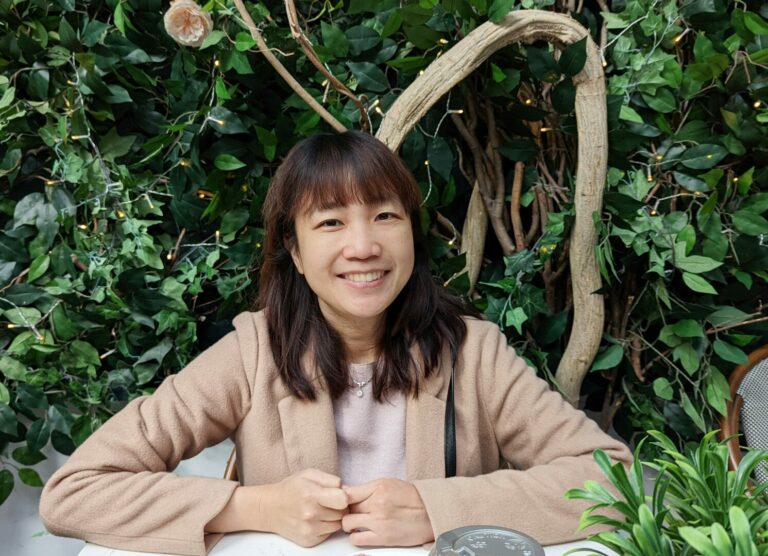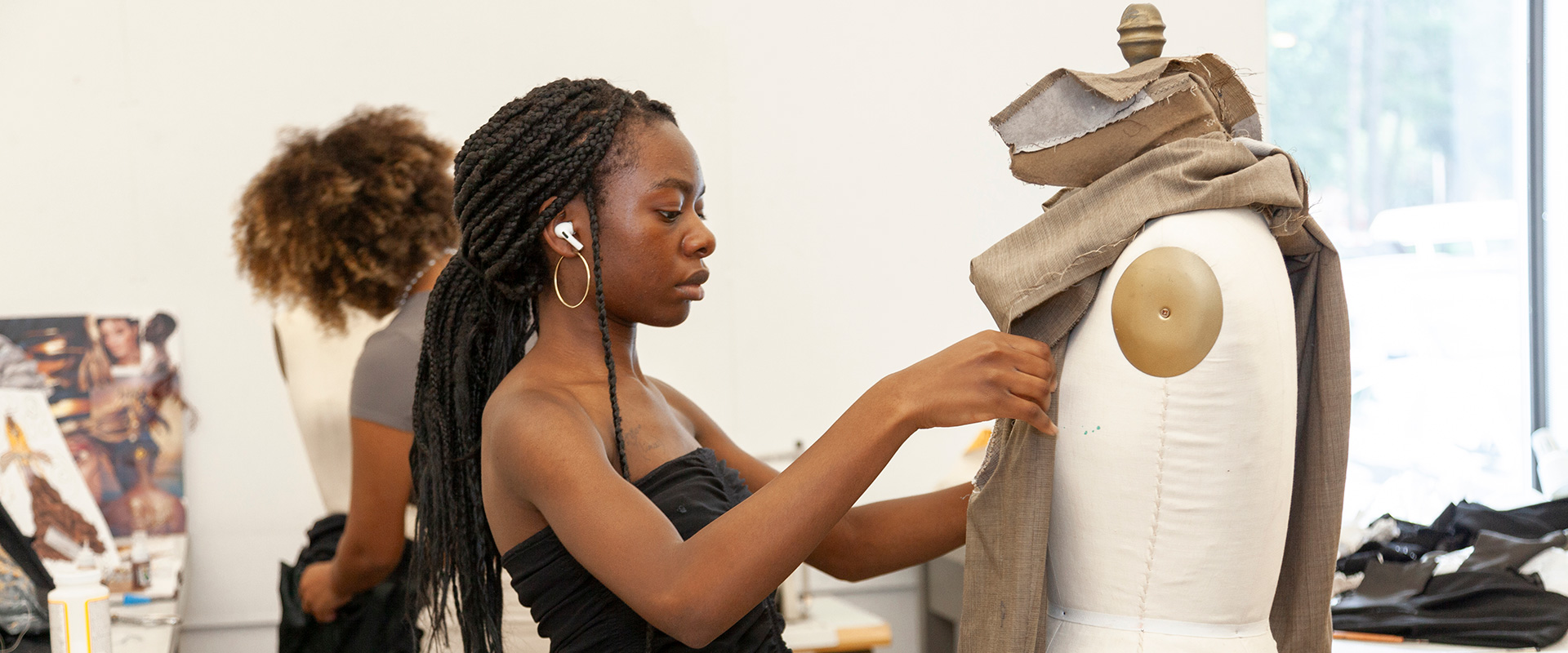We caught up with the brilliant and insightful Fabiano Santos a few weeks ago and have shared our conversation below.
Hi Fabiano, thanks for sharing your insights with our community today. Part of your success, no doubt, is due to your work ethic and so we’d love if you could open up about where you got your work ethic from?
I’d say a lot of my work ethic comes from watching my dad navigate the highs and lows of life with a kind of steady resilience that’s stuck with me. Growing up in Brazil, I saw him work hard to keep things going, no matter the obstacles, and that attitude rubbed off on me. It made me believe that if something’s worth doing, it’s worth giving it everything you’ve got.
That mindset has followed me into my art, especially with watercolor. Watercolor has its own way of keeping you humble; it doesn’t allow for many second chances, and there’s a kind of finality to each brushstroke. That taught me to be precise, but also to let go and let the paint work with me rather than forcing it to behave. I spend hours, sometimes days, on a single piece, and that commitment to detail and patience feels like second nature now.
Balancing my professional life in digital printing with my art can be a challenge, but I’ve found that sticking to a rhythm and keeping organized keeps me on track. Whether I’m working on a new painting or managing a project, my drive comes from this mix of responsibility, pride, and a little bit of that stubborn determination I learned from my dad. I try to bring that sense of purpose into everything I do—it’s a reminder of where I came from and where I’m heading.
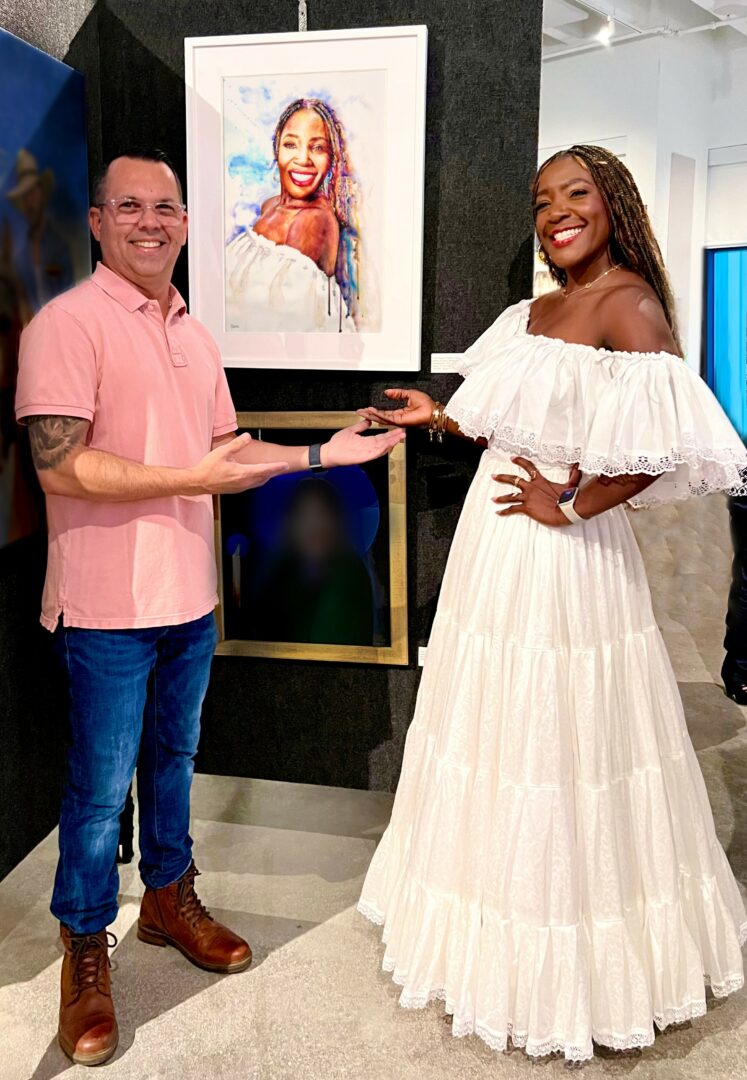
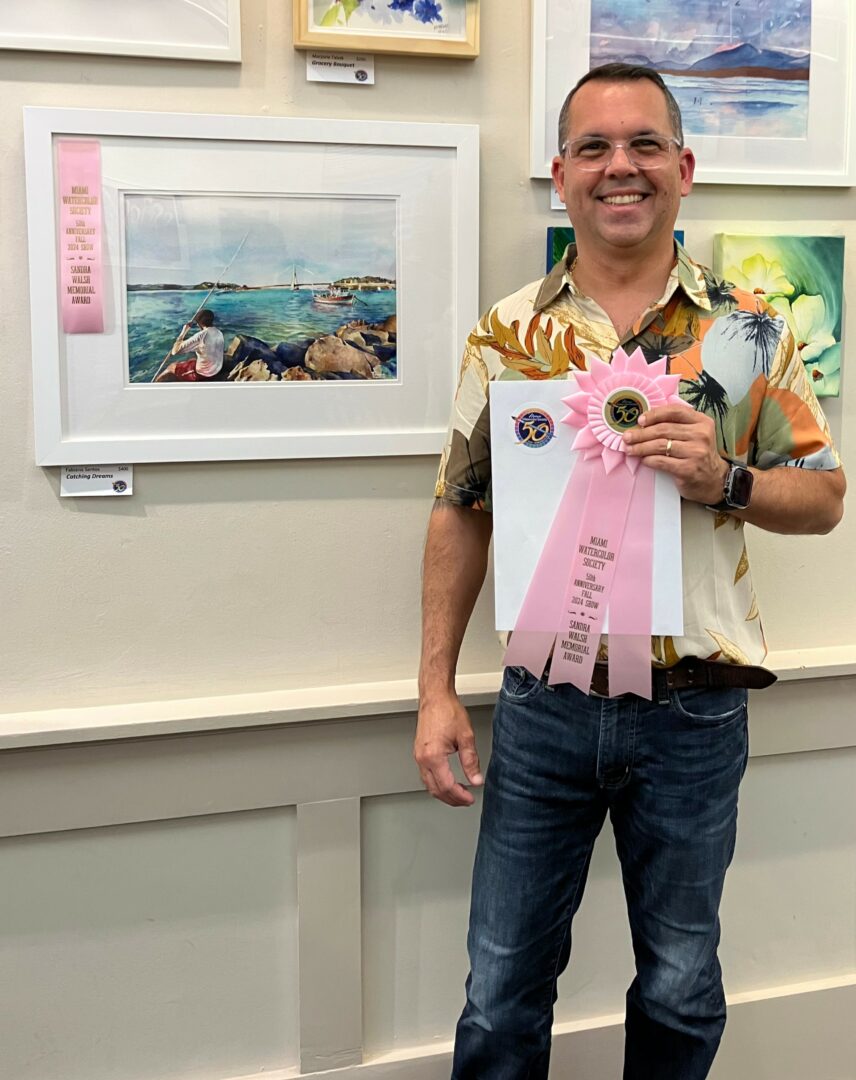
Thanks for sharing that. So, before we get any further into our conversation, can you tell our readers a bit about yourself and what you’re working on?
My artistic journey is rooted in watercolor, which has been a passion of mine for years. There’s something magical about the way water and pigment interact, creating textures and depth that feel alive. I’m always exploring new techniques to push the boundaries of what watercolor can do, especially in portrait work. Capturing the subtleties of expression and bringing out the character of each person I paint—it’s like telling a story through each layer and wash of color.
One of the most exciting things about my art is the sense of connection it creates. I draw a lot of inspiration from my Brazilian heritage and my experiences living in the U.S., and I love blending those worlds in my work. Recently, I’ve had the honor of receiving the Sandra Walsh Memorial Award for my piece Catching Dreams at the Miami Watercolor Society’s 50th-anniversary exhibition. I also have a piece called Serenity showcased in the Provocative Juried Art Show, which highlights another side of my style—more tranquil and reflective. And just this year, I had the chance to demo as a featured artist at the Florida Watercolor Society Convention, where I shared some of my techniques for using watercolor to capture unique expressions and details.
Art has this amazing ability to connect people, and it’s incredibly rewarding to see that connection come to life in each painting or at each event. I’m constantly inspired by the idea of translating life into color and brushstrokes, hoping that each piece resonates with others. If there’s one thing I’d love people to take away from my art, it’s the warmth and connection in those captured moments. You can find more of my work on my website, where I’m also expanding with a section for books that showcase my journey, as well as a new section for videos (tutorials).
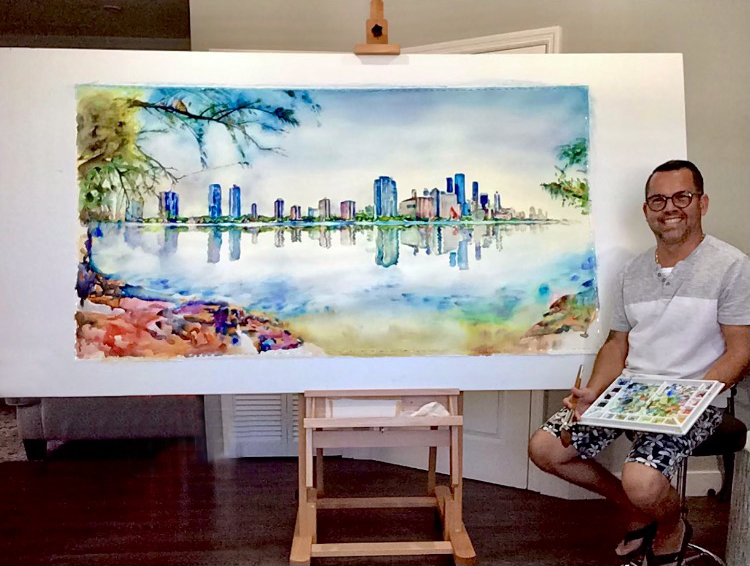
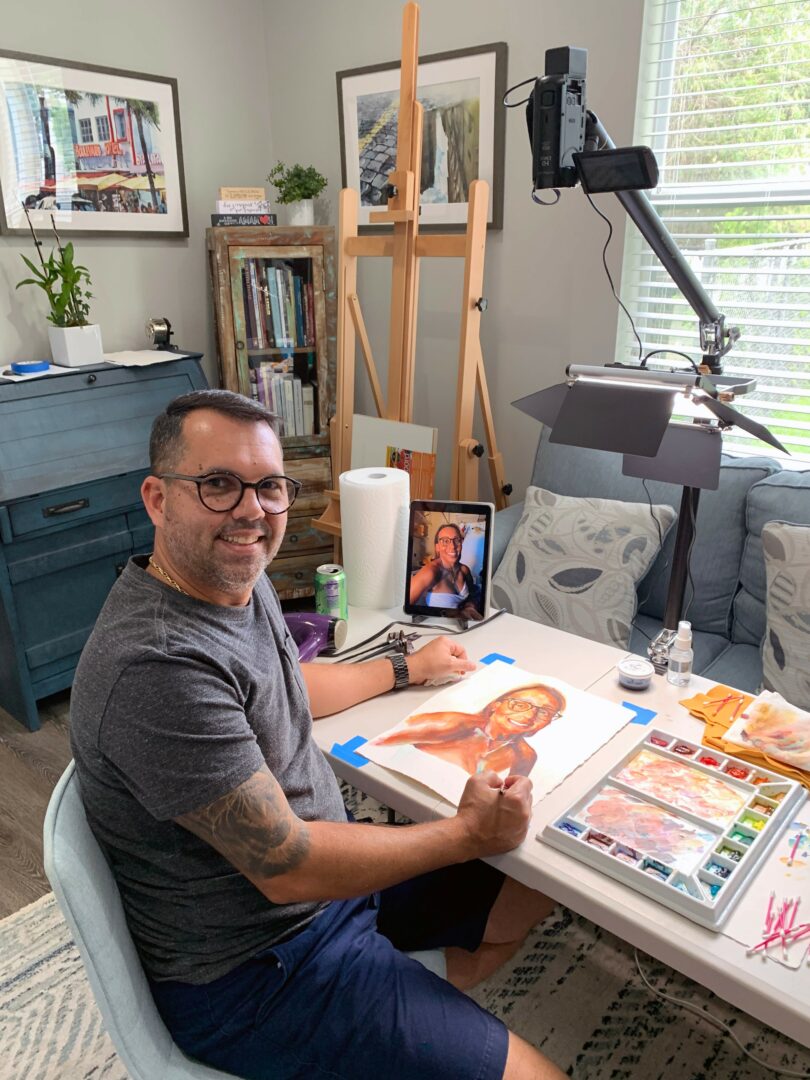
There is so much advice out there about all the different skills and qualities folks need to develop in order to succeed in today’s highly competitive environment and often it can feel overwhelming. So, if we had to break it down to just the three that matter most, which three skills or qualities would you focus on?
Looking back, I’d say three things have made the biggest difference in my journey as an artist: patience, curiosity, and technical skill. Each one plays a unique role in my work, especially with watercolor, where the medium itself demands a balance of control and spontaneity.
Patience is at the top of the list. Watercolor requires waiting for the right moment, whether it’s waiting for layers to dry or stepping back to see how the colors settle. For anyone just starting out, my advice is to embrace the slow pace of learning and know that mastery doesn’t happen overnight. Treat every piece as a step forward, even if it’s not perfect.
Curiosity has been a huge driver in my art. I’m constantly exploring new techniques, new subjects, and ways to push my boundaries. Art is a never-ending process of discovery, and letting yourself explore without boundaries can really elevate your work. So, stay open to inspiration and let your curiosity guide you—it’ll keep you excited about your growth.
Finally, there’s technical skill. While inspiration is essential, having a solid foundation in technique gives you the freedom to bring your vision to life. I’d encourage new artists to spend time building their skills with the basics. Knowing how to manipulate your medium, control your brush, and work with light and shadow will help your work shine.
Overall, I’d say that each piece you create is a combination of skill, curiosity, and patience. Don’t rush the process, and trust that each stage of learning adds something valuable to your journey.
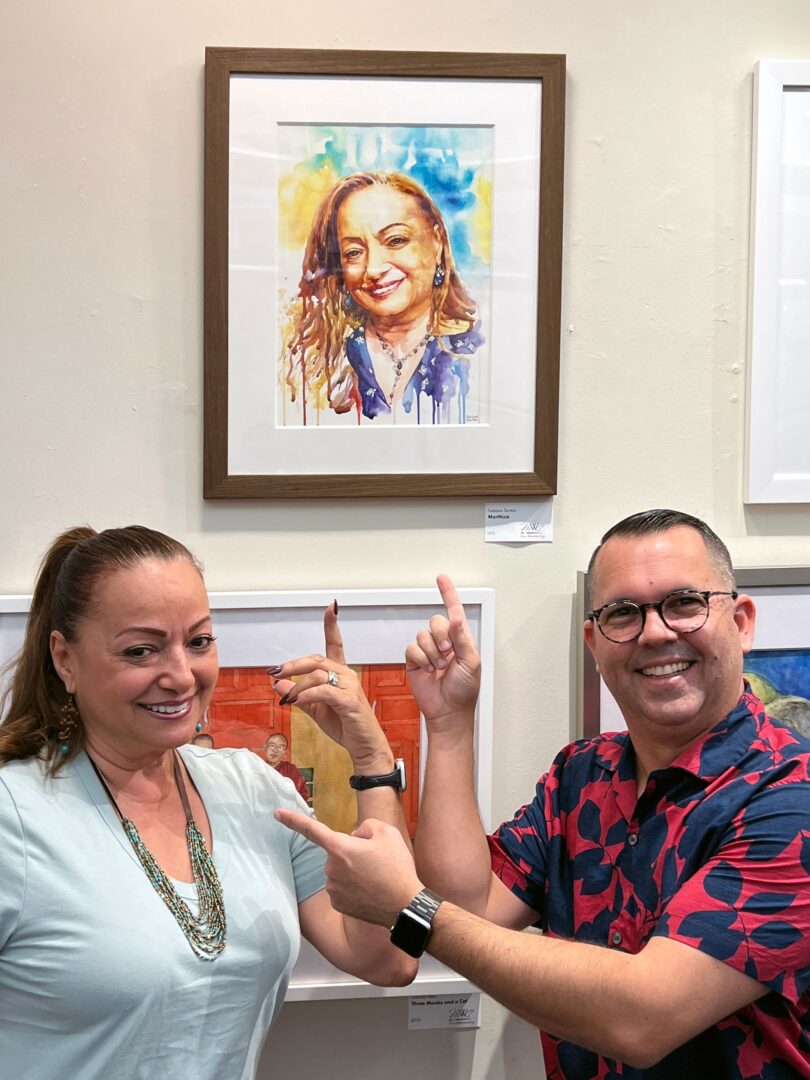
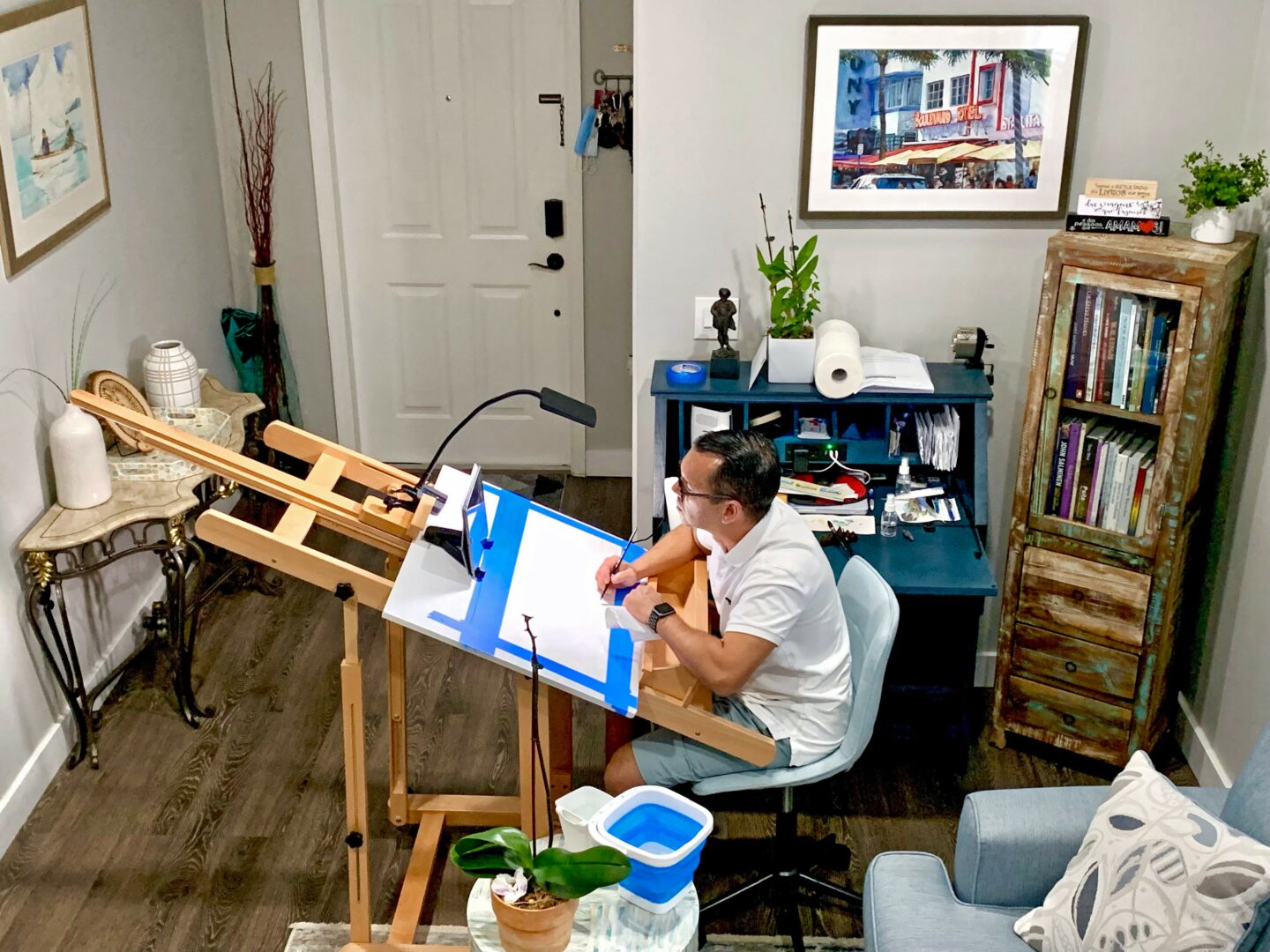
Thanks so much for sharing all these insights with us today. Before we go, is there a book that’s played in important role in your development?
I can’t say it was just one book that’s shaped my development, but rather a collection of works by artists I admire—like John Singer Sargent, Mary Whyte, Stephen Scott Young, Charles Reid, Steve Hanks, Guan Weixing, and many others, too many to mention and some that I might be forgetting to include now. Each artist’s approach to watercolor has left an imprint on my technique and perspective.
From Sargent, I learned the value of boldness in brushstrokes and the importance of letting go, allowing the paint to work its magic—or at least, that’s what I absorbed or understood. Mary Whyte’s portraits inspire me to capture a person’s essence—their story, their spirit. Steve Hanks, known for his emotional realism, taught me how the smallest details in skin tone or shadow can convey profound emotion and character, while Guan Weixing’s work speaks to me of the balance of light and mood. Charles Reid’s style, on the other hand, reminds me to embrace spontaneity and loosen up. But, of course, each person sees, understands, learns, and absorbs things differently.
Each artist in my book collection has a unique philosophy and approach, reminding me to stay open and keep experimenting. If there’s one takeaway from all of these books, it’s to never stop learning. Every brushstroke is an opportunity to grow, and each artist’s journey reinforces that for me.
Contact Info:
- Website: https://www.fabianosantos.com
- Instagram: https://www.instagram.com/fabianosantosart
- Facebook: https://www.facebook.com/FabianoSantosArt/
- Linkedin: https://www.linkedin.com/in/fabiano-santos-249b93149
- Youtube: https://www.youtube.com/@FabianoSantosArt
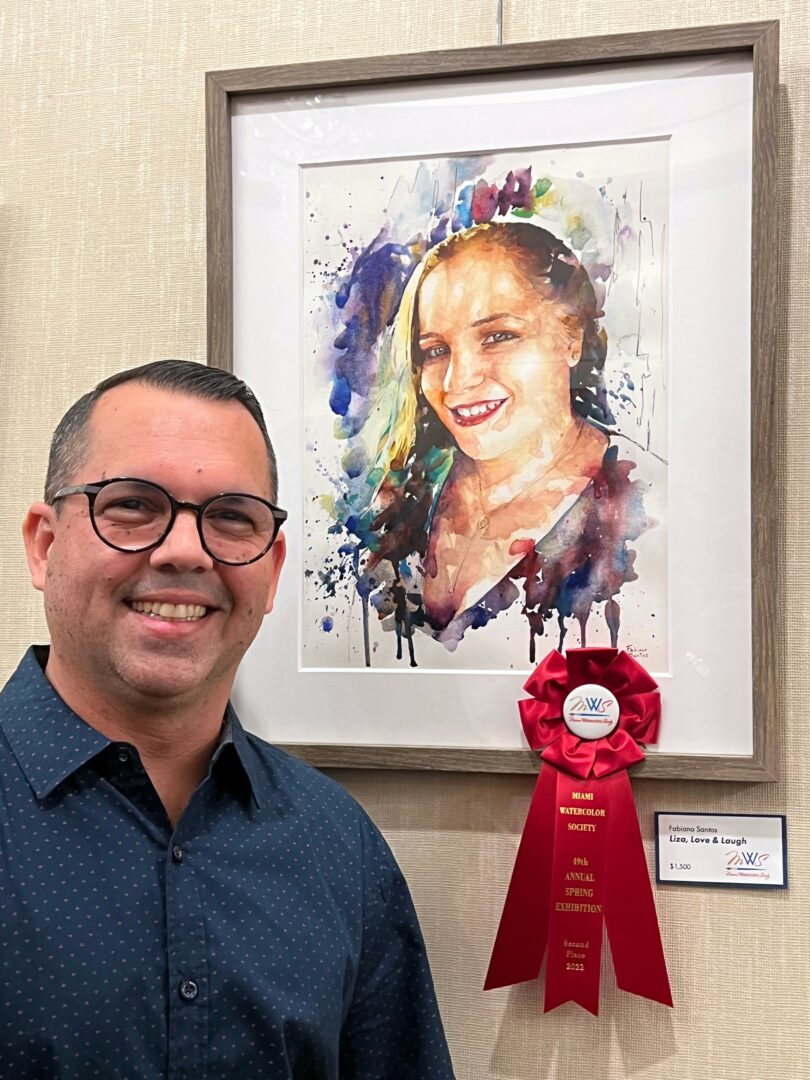
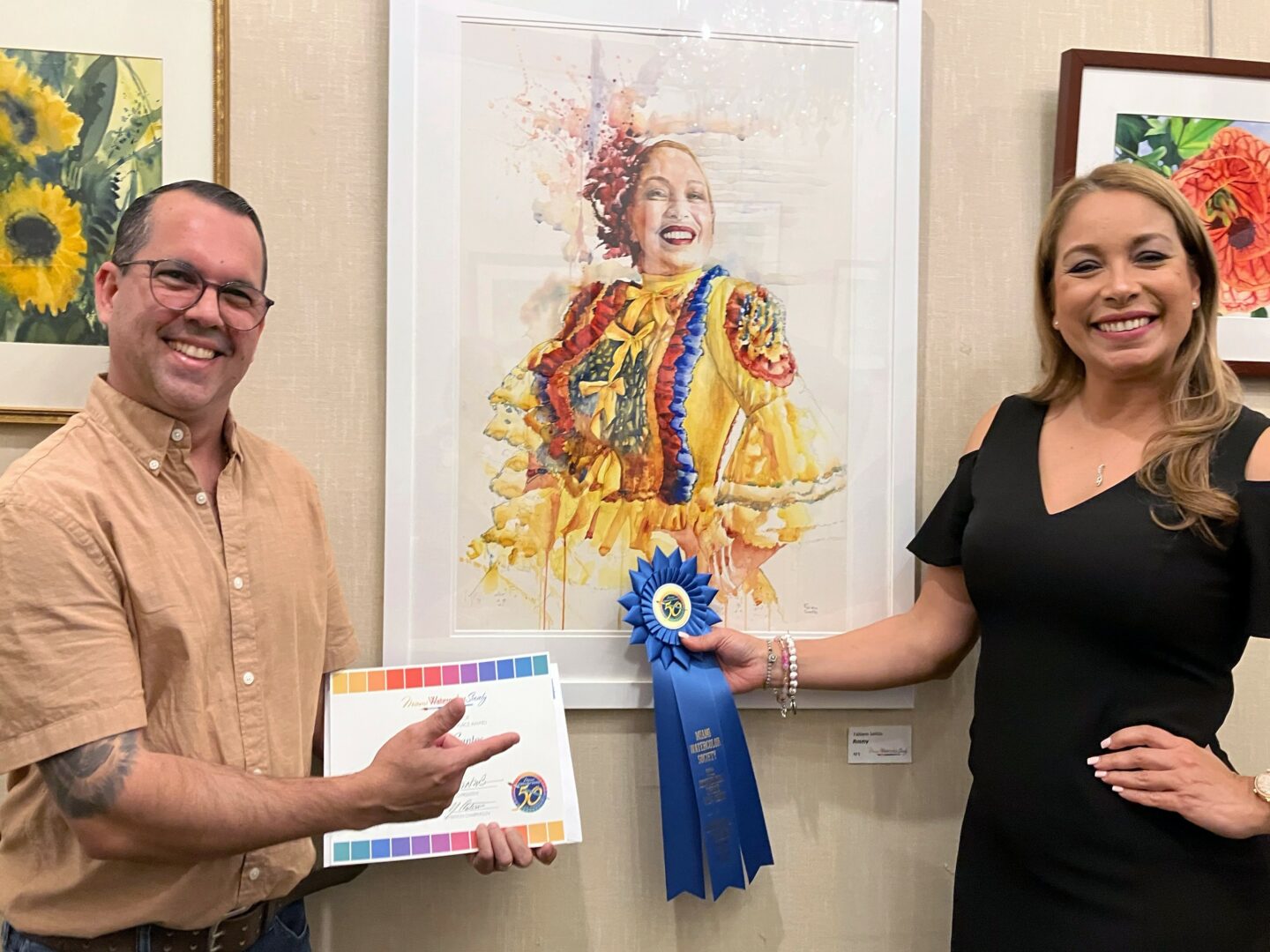
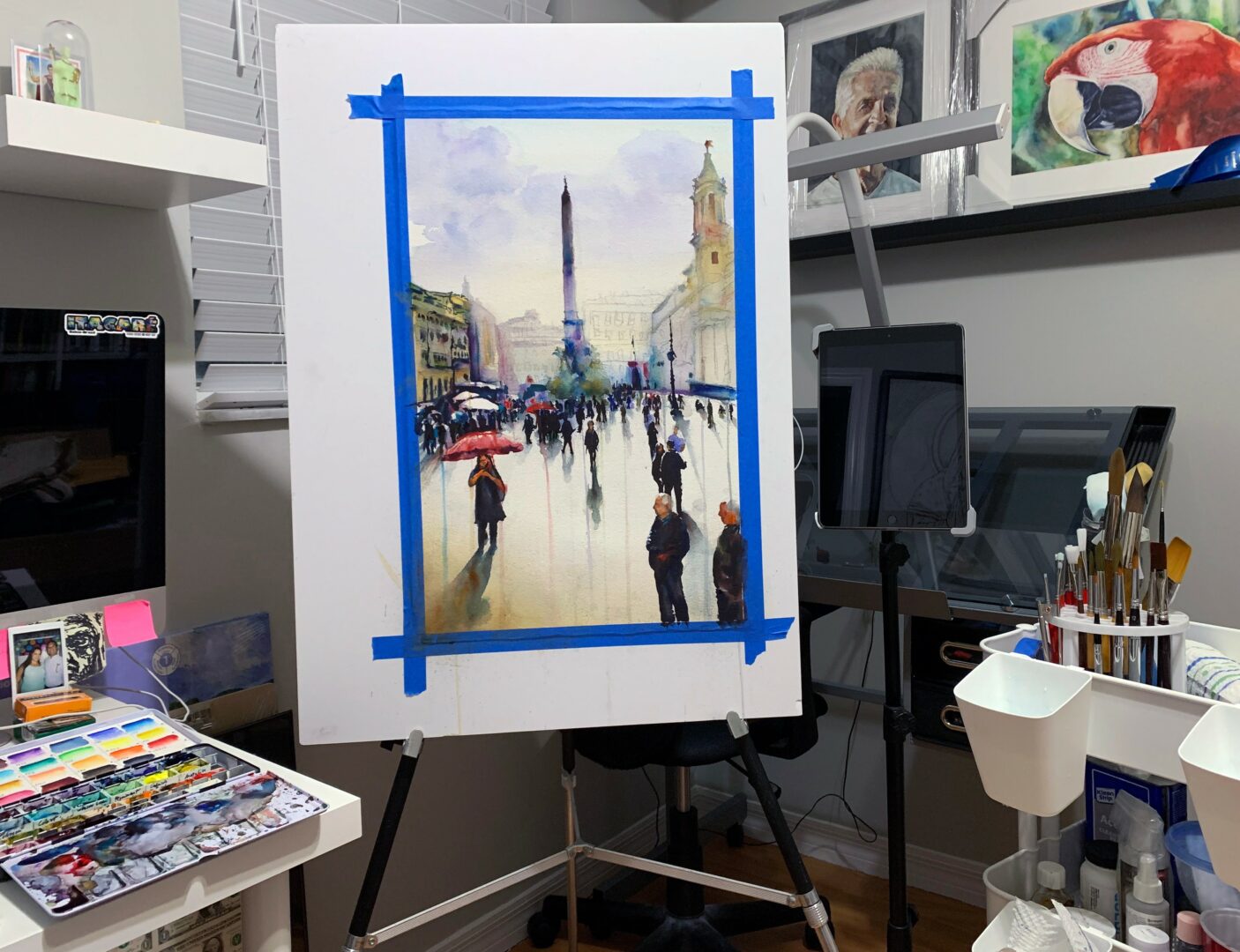
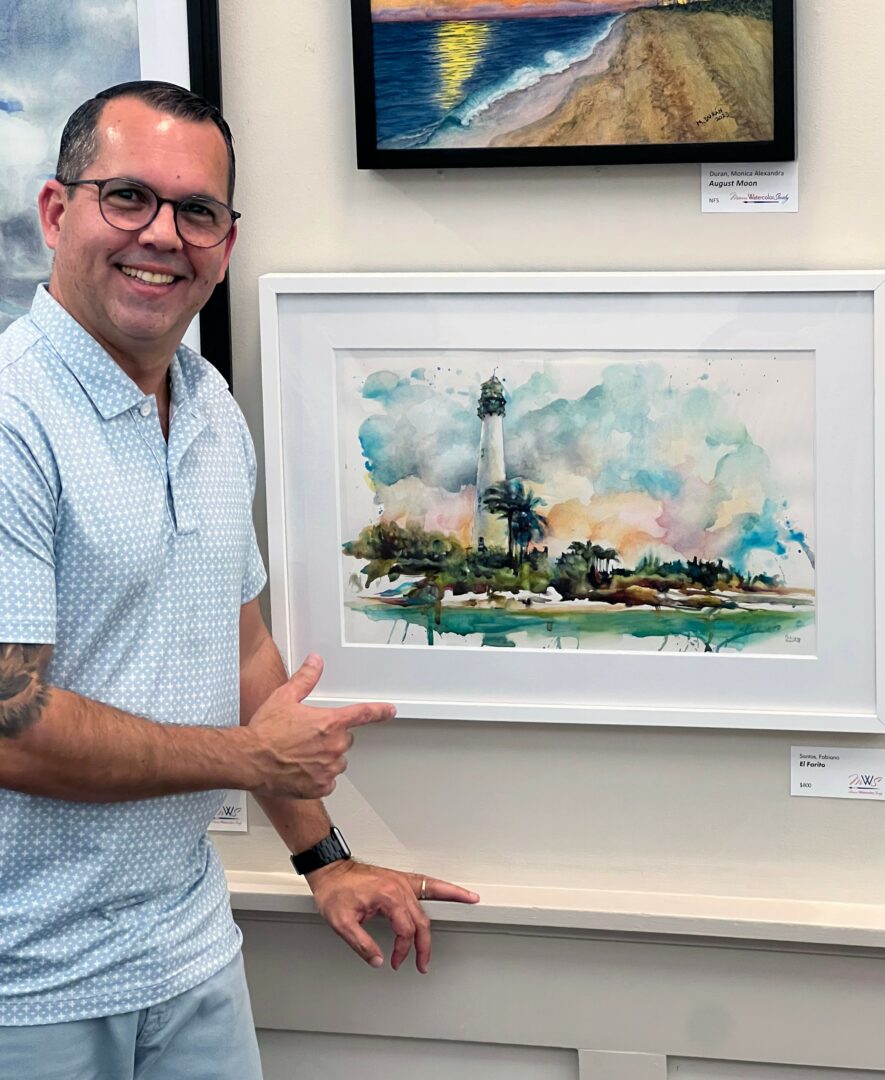
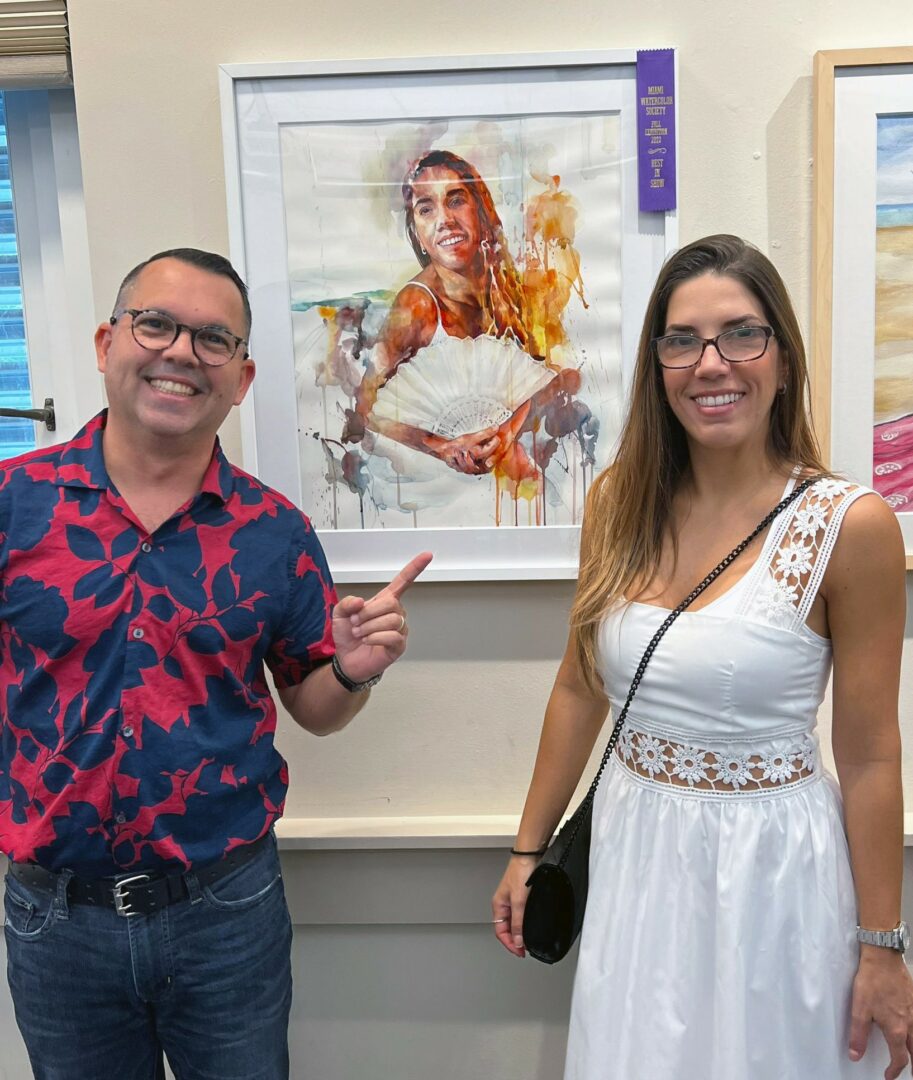
so if you or someone you know deserves recognition please let us know here.


